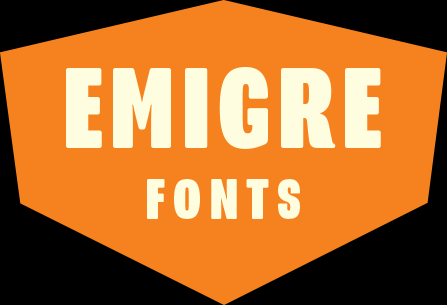Ceramics and Type Design: Differently Similar
By Zuzana Licko
Ceramics began for me as a distraction to the tedious aspects of typeface design work. The making of objects is something I enjoy, and which I greatly miss about the digital medium. Over the years, I’ve discovered that pottery and type design are connected in many ways, some of which are contrasting.
Of course, both disciplines deal with creating visually and structurally balanced shapes. Both deal with the duality of inside & outside form. And both require resolving transitions of curves; when throwing a piece on the potter’s wheel, the conceptualization of the shape can be reduced to a single line of curve transitions, which represents one half of the symmetrical cross section. These curve transitions and balance of form have much in common with constructing curves in letter forms.
The differences between these two disciplines, however, are equally intriguing. The making of a ceramic piece is finite, relatively instantaneous, and exists in the physical realm, while a typeface design has no physical boundaries and can be reworked endlessly. In fact, a typeface design requires a meticulous reworking of elements over a long period of time. Often I must put a typeface away for weeks, even months, in order to resolve problems that seem unsolvable at the time. Ceramics, on the other hand, presents time, space and material restrictions. Particularly in wheel throwing, a piece can not be worked and reworked for very long, as the clay becomes water logged and stressed. A piece of ceramics ultimately exists as a static entity, whereas each letter in a typeface is designed to work in conjunction with the other letters, in virtually any combination, and so, the appearance of the typeface in use will differ, depending on the particular letter combinations and typographic setting.
View Ceramics


